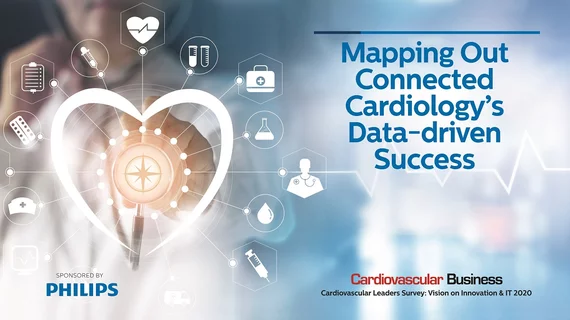Cardiovascular Leaders Survey: Survey at a Glance
When we dig to unearth cardiovascular care’s top trends, challenges and goals, the findings bring the present into sharp relief: Today’s CV leaders are focused on growth and committed to improving both quality of care and operational performance. They also have their eyes on retaining talented staff and reducing clinician burnout.
Top Trends Facing the CV Service Line
• Transition to value
• Clinical shortages
• Data-driven healthcare
• Patient-generated data (wearables, home health equipment and mobile apps)
• Consolidation of care providers
Top Challenges Facing the CV Service Line
• Increasing operational performance while improving patient outcomes
• Getting patients into lower cost settings without negatively affecting quality metrics
• Attracting and retaining clinical staff
• Clinician burnout
• Reducing readmission while optimizing length of stay
Top Goals of the CV Service Line
• Increase operational efficiency
• Growth
• Improve quality
• Creating and implementing a comprehensive and consistent approach to cardiovascular services
• Improve processes to deliver higher quality care
Read the report...
Contents
Priorities of the Cardiovascular Service Line
Defining State-of-the-Art CVIS
Key Findings
What Healthcare Leaders Think
Demographics
About the Survey
The 16-page report on the 2020 Cardiovascular Business Leadership Survey offers a snapshot of what health system and cardiovascular leaders think about priorities, challenges and trends. Some of it validates, while some enlightens. It all helps guide leadership on a data-rich and insightful journey into the future.


